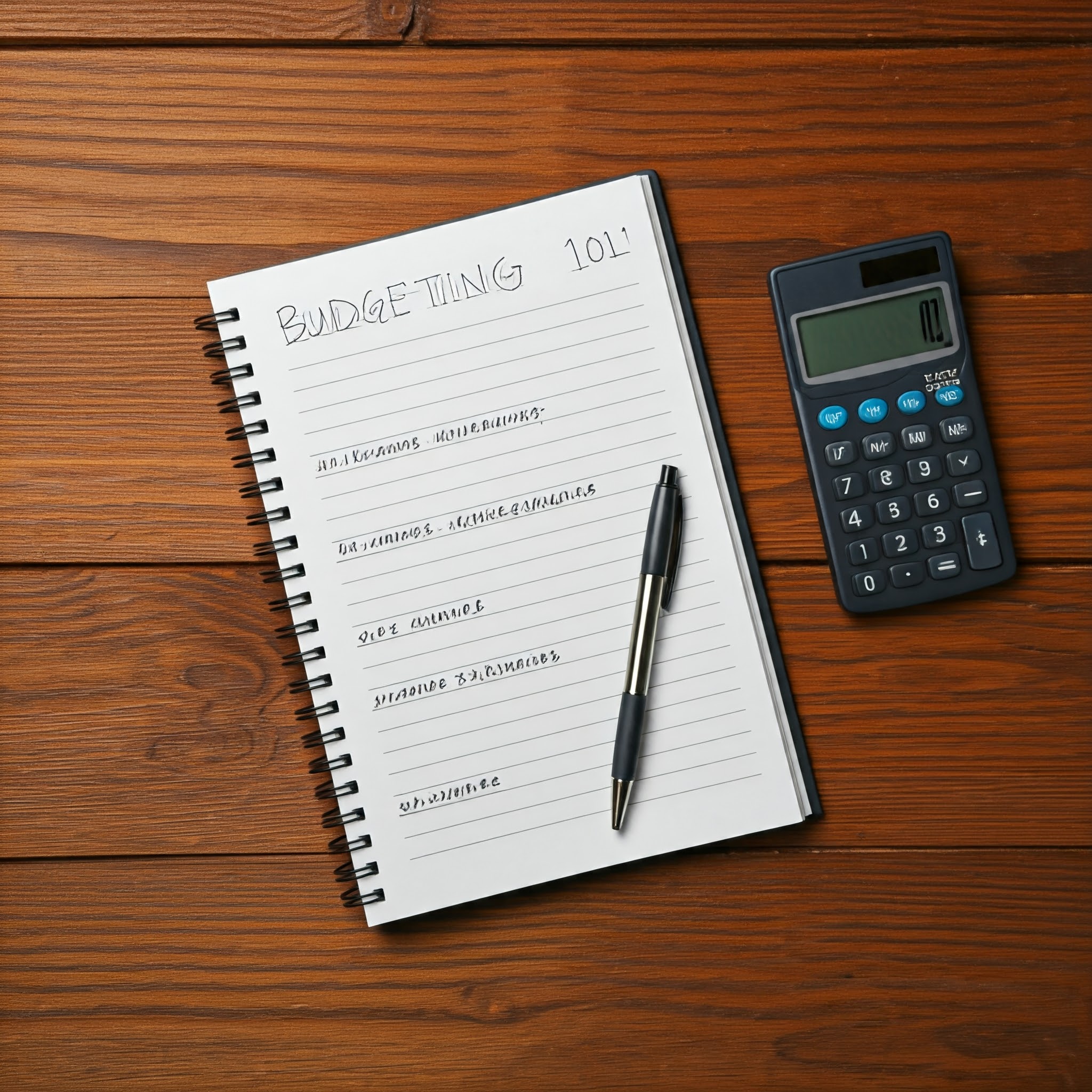In today’s fast-paced world, managing your finances can feel overwhelming. However, creating a simple budget is a powerful step toward achieving financial stability and reaching your goals. Whether you’re saving for a dream vacation, paying off debt, or building an emergency fund, budgeting helps you take control of your money. Here’s a step-by-step guide to help you get started on your budgeting journey.
Step 1: Set Your Financial Goals
Before diving into numbers, take a moment to reflect on your financial objectives. What do you want to achieve in the short term (like paying off a credit card) versus the long term (such as saving for retirement)? Writing down these goals will motivate you and give your budgeting efforts purpose.
Step 2: Gather Your Financial Information
To create an effective budget, you need to understand your financial situation. Gather all relevant documents, including:
- Income Sources: Pay stubs, freelance invoices, or any other forms of income.
- Expenses: Bank statements, bills, and receipts to track your monthly spending.
- Debts: Information about outstanding loans, credit card balances, and minimum payments.
Step 3: Identify Your Income
Start by listing all sources of income you receive on a monthly basis. This includes your salary, side hustles, and any other income streams. Be sure to account for the net income—what you take home after taxes and deductions.
Step 4: Categorize Your Expenses
Next, break down your expenses into fixed and variable categories:
- Fixed Expenses: These are regular payments that don’t change from month to month, such as rent/mortgage, insurance, and loan payments.
- Variable Expenses: These can fluctuate and include groceries, entertainment, and dining out.
It’s helpful to keep track of these expenses for at least a month to get an accurate picture of your spending habits.
Step 5: Create Your Budget
Now that you have a clear understanding of your income and expenses, it’s time to create your budget. There are several methods to choose from, but a simple approach is the 50/30/20 rule:
- 50% Needs: Allocate half of your income to essential expenses (housing, utilities, groceries).
- 30% Wants: Dedicate 30% to discretionary spending (dining out, hobbies, subscriptions).
- 20% Savings/Debt Repayment: Use the remaining 20% for savings and debt payments.
You can adjust these percentages based on your personal circumstances, but this framework provides a solid starting point.
Step 6: Monitor and Adjust
Budgeting is not a one-time task; it requires ongoing attention. Regularly review your budget to ensure you’re staying on track. Use budgeting apps, spreadsheets, or pen and paper to track your expenses and compare them to your budget.If you find that you’re consistently overspending in a category, it’s time to reassess. Adjust your budget to reflect your spending habits or find areas where you can cut back.
Step 7: Stay Committed
Building a budget is only the beginning. Staying committed to your financial goals and budget is vital for long-term success. Celebrate small victories along the way, whether it’s paying off a debt or reaching a savings milestone. Keep reminding yourself of the reasons you started budgeting in the first place.
Conclusion
Starting a simple budget may seem daunting, but it’s an essential skill that can lead to financial freedom. By understanding your income, categorizing expenses, and monitoring your progress, you’ll gain greater control over your finances. Remember, budgeting isn’t about restriction; it’s about making informed choices that align with your goals. So take that first step today, and watch your financial confidence grow!





